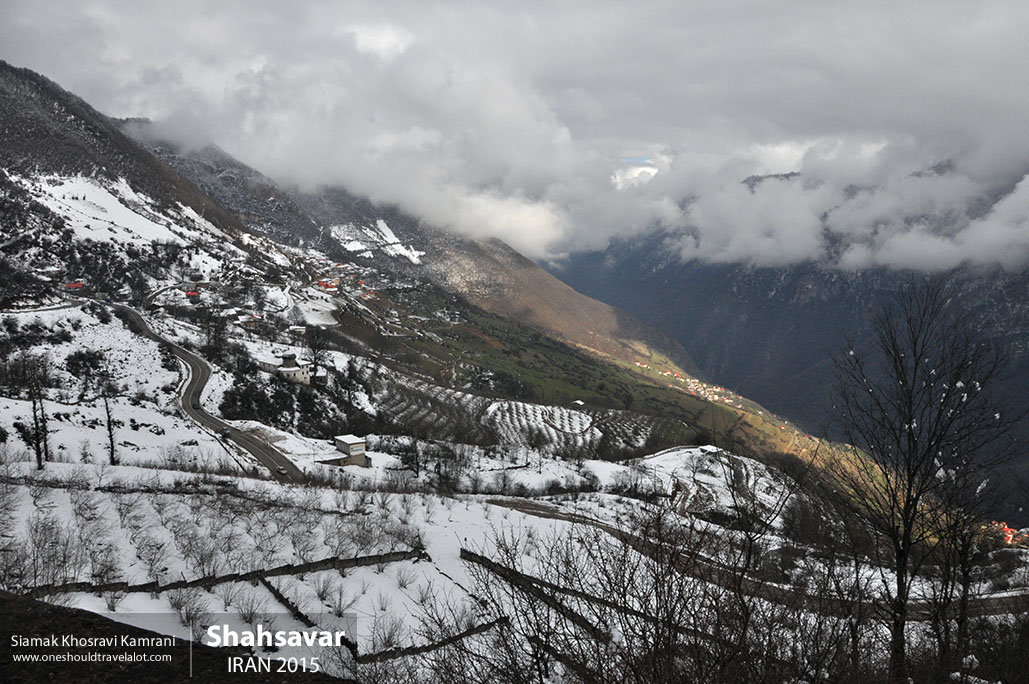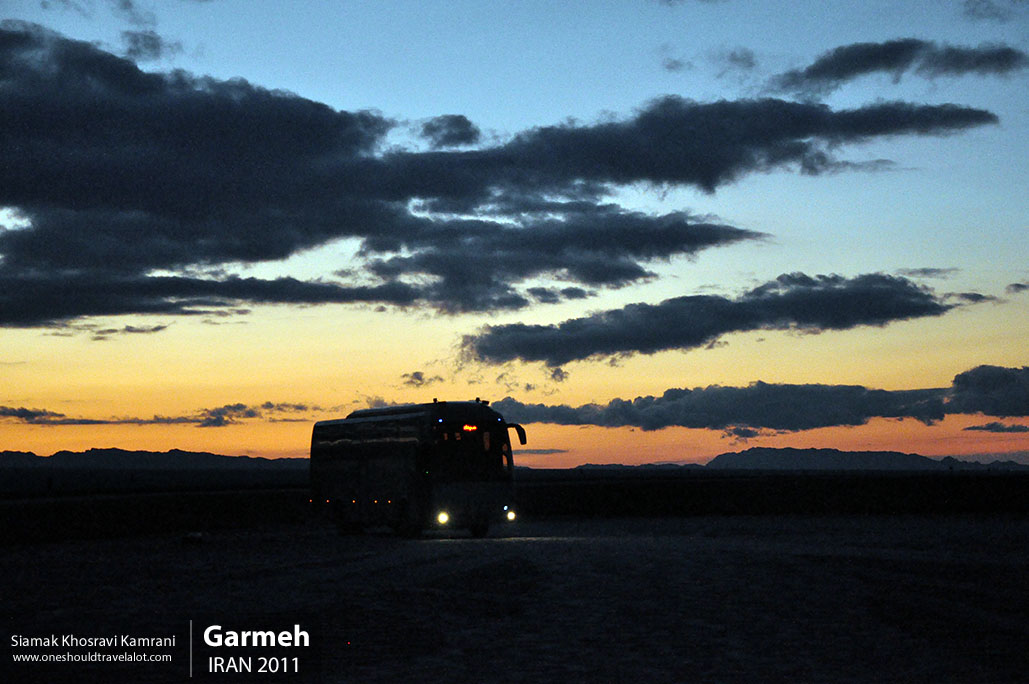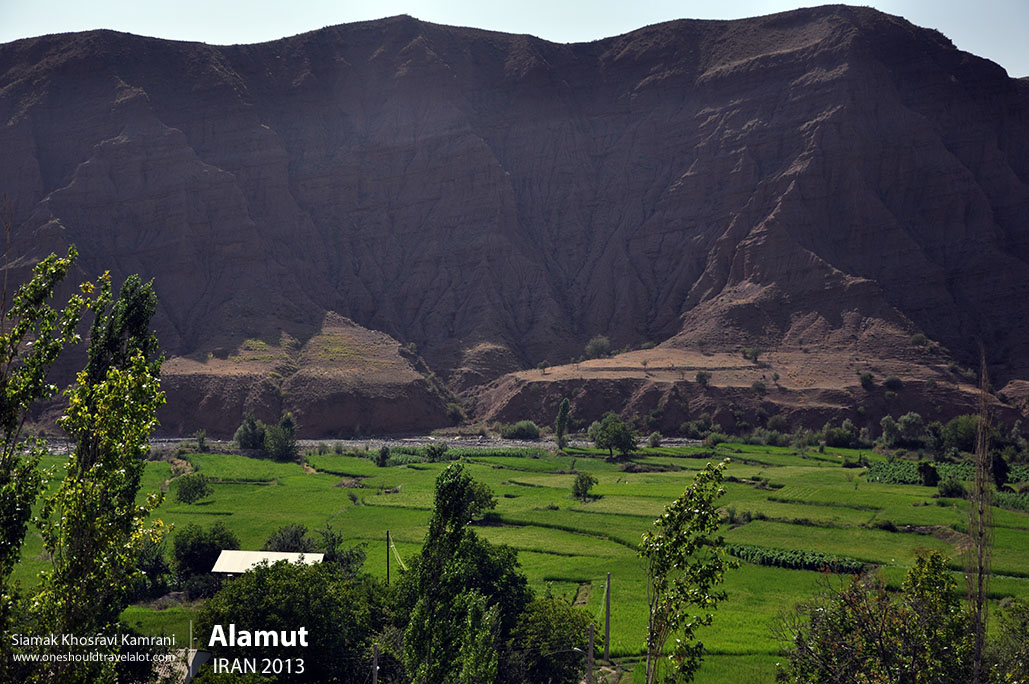Shahdad: A Photographer’s Journey to the Heart of Iran’s Desert
As my plane touched down in Kerman, Iran, I could feel the excitement bubbling within me. This trip was different from any other. Shahdad, a city located on the edge of the Lut Desert, promised a unique blend of ancient history and breathtaking natural landscapes. I had read about the fascinating Kaluts and the mysterious Gandom Beryan, one of the hottest places on earth, and I couldn’t wait to capture their essence through my lens.
Arrival in Kerman
The journey to Shahdad begins in Kerman, a city known for its historical sites and vibrant bazaars. Kerman itself is a gem, with the stunning Ganjali Khan Complex and the bustling Vakil Bazaar that offer a glimpse into Iran’s rich cultural tapestry. But my heart was set on Shahdad, a two-hour drive from Kerman, deeper into the desert landscape.
The Road to Shahdad
The drive from Kerman to Shahdad is an experience in itself. As we left the urban sprawl of Kerman behind, the scenery began to change dramatically. Rolling hills gave way to vast, barren plains, and the air seemed to grow drier and hotter with each passing mile. My guide, Ali, was a local from Shahdad and shared stories of the desert’s history and its significance to the region. His tales of ancient caravans and legendary explorers added a layer of mystique to the journey.
First Impressions of Shahdad
Upon arriving in Shahdad, I was struck by the stark beauty of the landscape. The city is a small, quiet place, with traditional mud-brick houses and narrow streets that speak of a simpler, slower-paced life. The people of Shahdad are warm and welcoming, always ready with a smile and a story. They are predominantly Persian, but the influence of the desert has shaped their way of life, making them resilient and resourceful.
Exploring the Kaluts
The Kaluts, or Yardangs, are the most famous feature of Shahdad. These massive, wind-eroded ridges rise dramatically from the desert floor, creating a surreal, otherworldly landscape. As I set out to explore the Kaluts, the sun was beginning to set, casting long shadows and bathing the desert in a golden glow.
Photographing the Kaluts is a challenge and a delight. The constantly shifting light and shadows create endless opportunities for unique shots. As I climbed one of the ridges, I could see the vast expanse of the Lut Desert stretching out before me, a sea of sand and rock that seemed to go on forever. It was a humbling and awe-inspiring sight.
The Culture and Traditions of Shahdad
Back in the city, I spent time with the locals, learning about their customs and traditions. The people of Shahdad have a deep connection to the desert. Their lives are intertwined with the rhythms of this harsh yet beautiful environment. I was invited to a traditional Persian meal, where I tasted local delicacies like kebabs, flatbreads, and dates. The hospitality of the people was overwhelming, and their stories of life in Shahdad were both fascinating and humbling.
One of the most interesting aspects of Shahdad’s culture is the annual desert festival, which celebrates the city’s unique heritage and connection to the Lut Desert. The festival includes music, dance, and traditional crafts, offering a vibrant glimpse into the local way of life. Unfortunately, my visit didn’t coincide with the festival, but the locals’ descriptions painted a vivid picture of this joyous event.
Gandom Beryan: The Hottest Place on Earth
No trip to Shahdad would be complete without a visit to Gandom Beryan, an area in the Lut Desert known for its extreme temperatures. Dubbed the hottest place on earth, Gandom Beryan is a vast, blackened plateau that can reach temperatures of up to 70 degrees Celsius (158 degrees Fahrenheit). Standing there, with the heat radiating from the ground, was an unforgettable experience.
Photographing Gandom Beryan was challenging due to the intense heat, but the stark, almost alien landscape made for some incredible shots. The desolation and the harsh beauty of this place are hard to convey in words; it’s something that must be seen to be truly understood.
Daily Life in Shahdad
Living in Shahdad means adapting to the extremes of the desert. Water is a precious resource, and the locals have developed ingenious ways to manage it, including qanats—underground channels that bring water from distant mountains. These ancient engineering marvels are still in use today, a testament to the ingenuity and resilience of the people.
The standard of living in Shahdad is modest, but the sense of community and the richness of the cultural heritage make it a special place. The city’s atmosphere is peaceful and laid-back, a stark contrast to the hustle and bustle of larger cities. It’s a place where time seems to slow down, allowing you to truly appreciate the beauty of the surroundings and the warmth of its people.
The Legacy of the Desert
As my time in Shahdad drew to a close, I reflected on the profound impact this journey had on me. The desert, with its vast, unending landscapes and its ancient secrets, has a way of putting things into perspective. It strips away the noise and distractions of modern life, leaving you with a sense of awe and a deeper understanding of your place in the world.
Shahdad is not just a city on the edge of the desert; it’s a testament to the enduring spirit of its people. It’s a place where history and nature come together in a breathtaking tapestry of beauty and resilience. As I packed my camera and prepared for the journey back to Kerman, I knew that the memories and images I had captured would stay with me forever.



